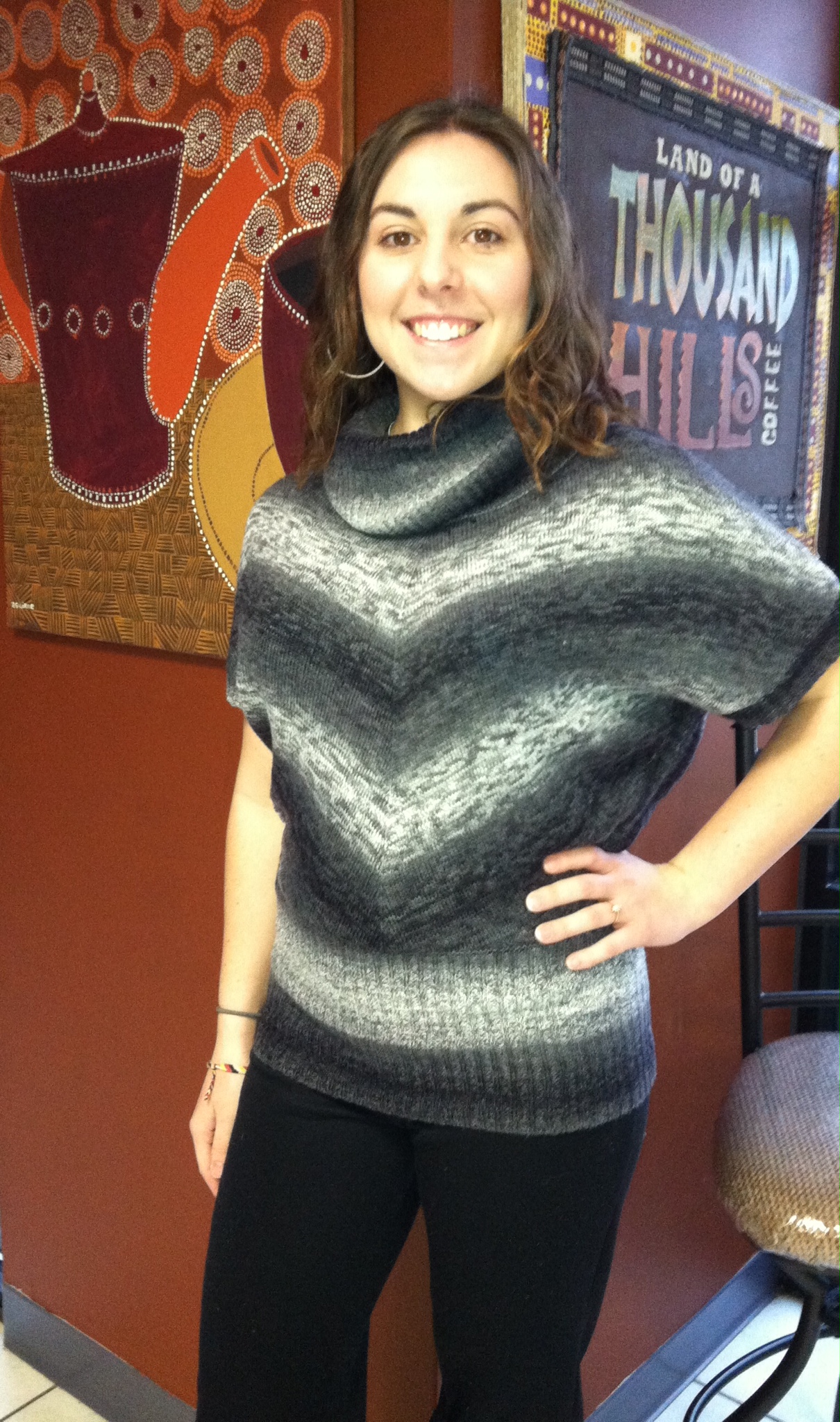Celebration of Scholars
Window to an Ancient Culture
 Name:
Morgan Rohrbaugh
Name:
Morgan Rohrbaugh
Major: Vocal Performance/Japanese Double Major
Hometown: Berlin, Wisconsin
Faculty Sponsor:
Other Sponsors:
Type of research: Course project
Abstract
Have you ever considered the act of creating art a way of studying history? Yes, you could think of yourself as making history by creating art (if you’re confident!), but studying history? The uniqueness of calligraphy is just that. Practicing calligraphy is the study of an ancient culture, and a way to better understand the people that are still intricately associated with that culture. Calligraphy is a window to an ancient culture. In a way, the English language, and the use thereof, can also be a kind of window to ancient cultures. Studying the roots of the words will reveal the rich variety of languages and history from which the language was derived. However, calligraphy, and the study of Hanzi/Kanji, is unique because the roots of words are pictures. This aspect of the language allows calligraphers to combine both visual art and the study of history into one. Calligraphers all over the world, even beginners in a Carthage College classroom, can leave their mark on the world while at the same time stealing a peak through the window to an ancient culture.
Submit date: March 15, 2013, 11:12 a.m.
